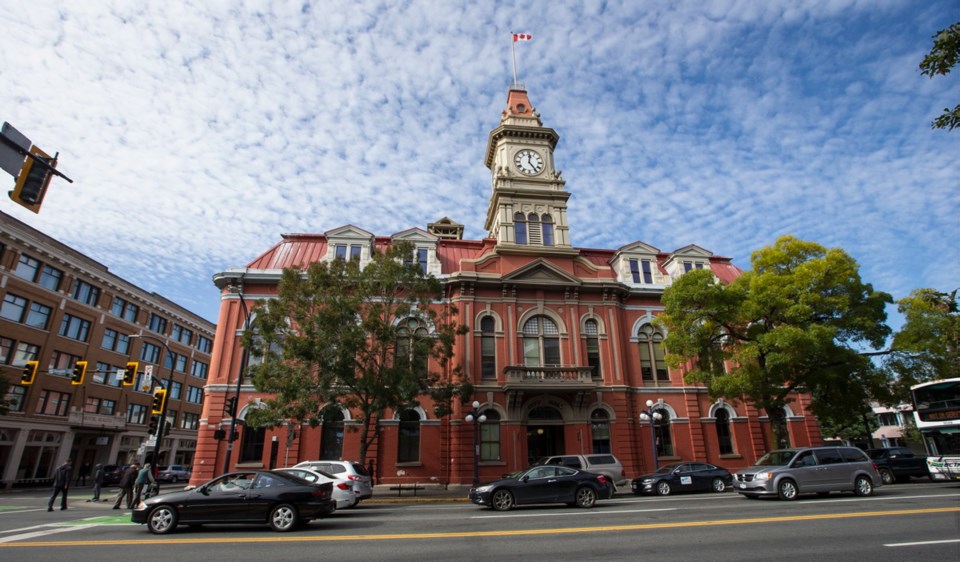Victoria city council has released a draft economic plan for public input. You can find it online by searching for “Victoria 3.0 — Pivoting to a Higher-Value Economy — 2020-2041.” The plan is at once exasperating and, in places, thoughtful. Exasperating, because it’s stuffed with meaningless bafflegab. An example: The objective is to make Victoria “a future-ready, globally fluent, influencer and innovator.” The authors want our city to be “co-creative, collaborative, collective, circular, human-scale, have smart citizens, and work and think like a network or ecosystem.”
Fixing the potholes would be a better place to start.
In addition, by its own admission, the plan does not address many of our most immediate challenges, like the shortage of affordable housing, traffic gridlock, inadequate mental health services and homelessness. The impression is that council hopes to divert our attention from areas of current weakness by promising a brighter tomorrow.
Nevertheless there are some good ideas. In the section dealing with small business, the plan promises to streamline and reduce red tape at city hall, and make it easier to do business here. It would be helpful to set a target for exactly how much red tape is to be eliminated.
More effort will be made to promote local economic success stories, and help find jobs in the region for graduating students.
A commitment is made to compare Victoria with other similar sized cities to determine how well (or poorly) we’re doing. The plan notes, for example, that we attract fewer immigrants than we should, despite the fact that immigration is a source of economic growth.
There is talk of developing an Innovation District adjacent to the harbour, though details are limited. But the hope is that a post-secondary institution might be willing to locate there, acting as an anchor. How realistic this is remains to be seen.
After that, things grow more vague. Council wants to create an “ocean futures cluster,” centred on the University of Victoria’s Ocean Networks Canada, shipyards, Esquimalt graving dock, and marine-related businesses. The objective is to make Victoria a leader in ocean technology.
The Victoria Conference Centre would be rebuilt to attract out-of-town conference delegates, who are the highest-spending segment of visitors to the city. This is a highly competitive field. Nevertheless, the intent is sound.
Lastly, there has been significant outreach to the business community, post-secondary facilities, public sector agencies, and urban development experts, in framing the plan. That adds weight and credibility.
The challenge will be to follow through. Without wishing to be provocative, the current council and mayor have a habit of running after every emerging fad, many of them far distant from the mandate of local government.
There is an element of that tendency in this plan.
It is also a reality that Victoria will only achieve its full potential if the everyday tasks of running the city are attended to. Yes, that means fixing the potholes. But it also means dealing with issues like homelessness and unaffordable housing. These are by no means purely a municipal concern. Higher levels of government have a role to play as well.
But the truth is, Victoria’s central appeal is the beauty of its surroundings and the old world feel of its downtown area. Visitors consistently remark on these. Retaining and strengthening those features should be the first step in any future-oriented plan.
In summary, council and its collaborators have made a good start on what promises to be a decades-long journey. Only time will tell where that journey leads.



